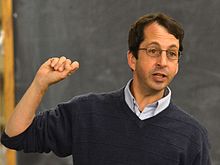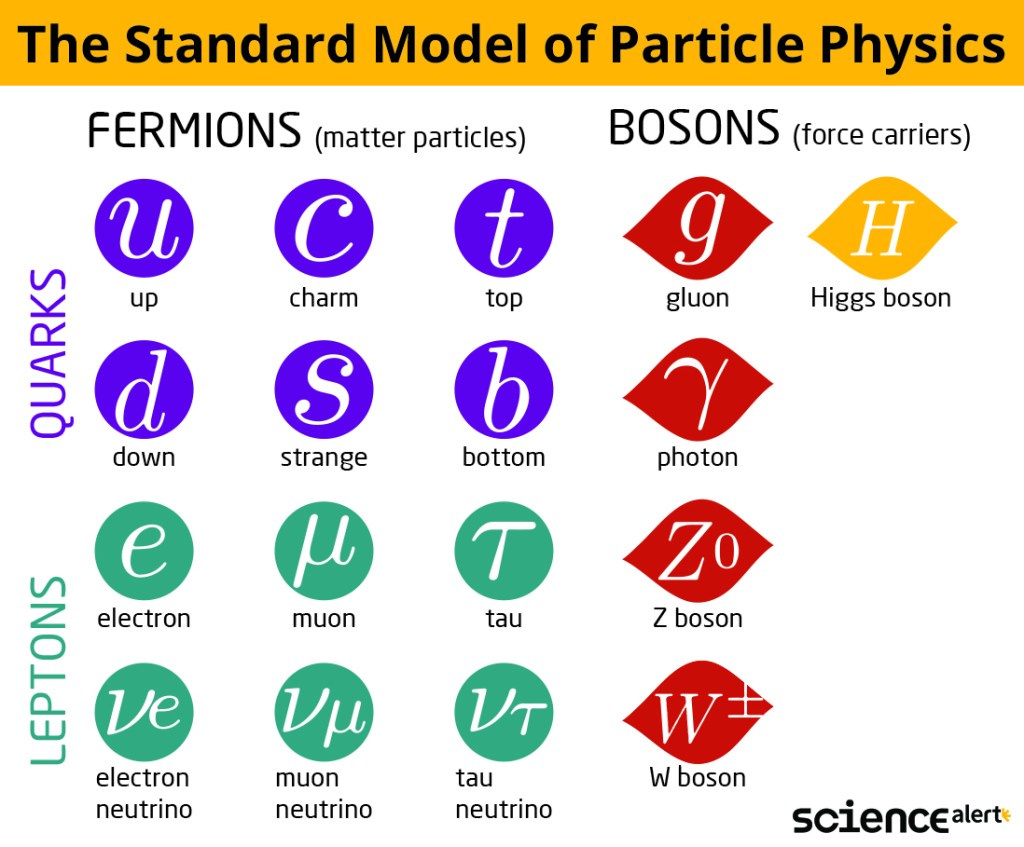Books of Interest
Website: chetyarbrough.blog
“Particle Physics for Non-Physicists: A Tour of the Microcosmos” (The Great Book Lectures)
By: Steven Pollock
Narrated by: Professor Steven Pollock

Steven J. Pollock (American professor of physics, 2013 U.S. Professor of the Year.)
Professor Pollock attempts to explain particle physics to non-physicists in this lecture series. The explanation details the contributions of many brilliant physicists and scientists that are generally well-known to most who wish to have a better understanding of physics beyond its mathematic proofs. Parenthetically, Pollock’s history shows few contributions to physics by women, a sad reflection on world society that ignores half the world’s intelligence.



Particle physics is about the most elemental ingredients of the universe. Pollock notes the known elemental particles are either bosons or fermions which have been identified through various methods of breaking down the structure of the atom. Examples of bosons are photons, gluons, and bosons. Examples of fermions are electrons, quarks, and neutrinos.

Pollock explains fermions are the elemental particles that make up the matter of what we see. Bosons are the forces of the subatomic world that manipulate fermions. Pollock believes the standard model of physics has largely been determined and that there are unlikely to be any fundamental changes to that model. That conclusion reminds one of Lord Kelvin in 1900 who suggested “There is nothing new to be discovered in physics now.” In contrast, Albert Einstein noted “The more I learn, the more I realize how much I don’t know.” One wonders if Pollock is leaning toward a Kelvin perception of the standard model of physics by discounting Einstein’s observation about knowledge.
Higgs boson gives mass to what humans see in the world by combining the forces and matter of the sub-atomic world.

Pollock explains the evolution of research in identifying new elemental particles. Pollock notes the Higgs-Boson, the latest particle identified with the Large Hadron Collider in Geneva in 2021, suggests the same tool will lead to further particle discoveries. He explains how the LHC is the latest method for revealing unknown elemental particles by bombarding atoms with proton beams and heavy ions to discover the elemental ingredients of nature. The LHC’s ability to generate a high enough velocity to break the atom into its constituent parts remains a work in progress. Interestingly, Pollock expresses some reservations about the experimental proof of Higgs-Bosun because of the LHC’s unreliable replication of the Higgs-Bosun results. The LHC is shut down for an upgrade that will presumably prove or disprove the Higgs-Bosun discovery.


Will LHC and linear accelerator experiments find more fundamental particles for the standard model of physics? Was Einstein right when he said, “God does not play dice with the universe.” Pollock implies not.
Pollock, like many physicists, believes quantum mechanics are the way the world works at an atomic level and infers the distinction is like the difference between Newtonian and Einsteinian physics. Newton’s world of physics is about earth and its existence while Einstein’s view is of the universe. Both were right within their fields of analysis, but each assumed life exists in a deterministic universe.

It seems Pollock chooses to accept the atomic level of the world operates probabilistically while the macro world operates deterministically because both show experimental proof of difference. Einstein believed the difference would be resolved by further knowledge, i.e., knowledge that explains how there can be a difference between particle physics and Newton/Einstein’ physics that reasons both are ultimately deterministic.

